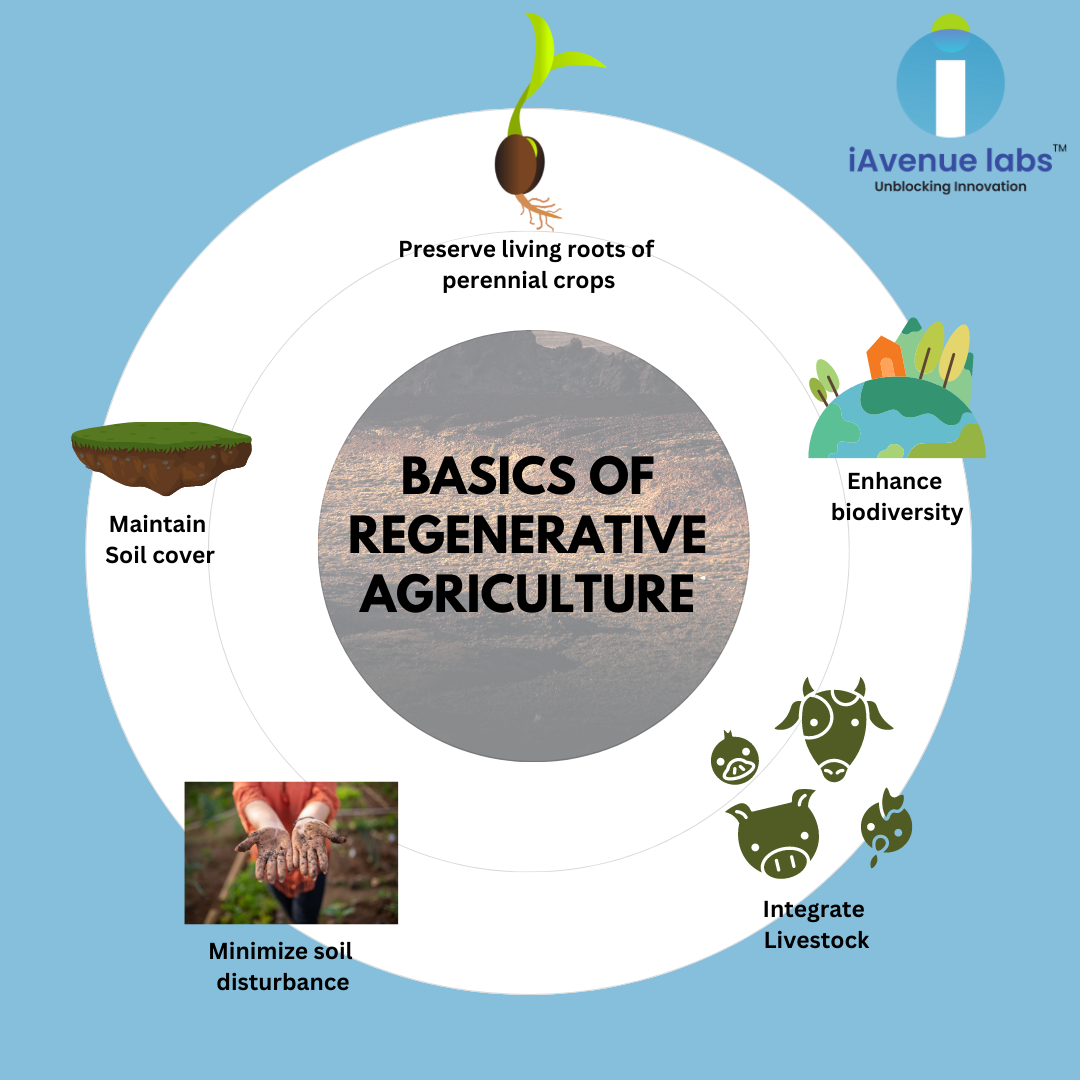Analyze the soil moisture using satellite imagery in your Wheat cultivated land
April 20, 2022, 4:17 pmWheat is the main crop of the upcoming Rabi season, so irrigation is crucial in the key phases to prevent significant output losses.
On these significant days of the interval, when CRI is the most crucial, moisture stress in the field has to be assessed.
Normally, it takes six irrigations to obtain a good harvest of wheat. The steps that need to be taken are as follows:
- Irrigation should be done after 20-25 days of sowing at the crown root initiation stage,
- Irrigation should be done after 40-45 days of sowing at the tillering stage,
- Irrigation after 60-65 days of sowing at the jointing stage,
- Irrigation after 80-85 days of sowing at the flowering stage,
- Irrigation after 100-105 days of sowing at the milking stage &
- Irrigation after 115-120 days of sowing at the dough stage.
If there is water scarcity, water should be applied at the crown root initiation stage. If two irrigations are possible, water should be applied at the crown root initiation stage and the flowering stage.
HOW FARM LAYERS HELPS AGRIBUSINESSES WITH IRRIGATION PLANNING?
- Farm Layers assists you in detecting moisture stress because crops can get severely affected due to moisture stress
- It assists in locating the field zones with high, low and no water stress
- Farm Layers helps you in effective irrigation planning
- Farm Layers aids in preventing output losses
NDMI INTERPRETATION
Severe drought conditions can ruin the total agricultural production in addition to stressing the crops. NDMI is able to identify water stress at an early stage, before the issue becomes unmanageable. Additionally, employing NDMI to monitor irrigation, particularly in regions where crops need more water than the nature can provide, dramatically enhances crop development. As a result of this, NDMI becomes a reliable indicator of water stress in agricultural fields.
Because the reflectance of the plants varies significantly depending on their phenological stage, it is critical to remember that NDMI values change over the course of the growing season. The relationship between NDVI and NDMI is also interestingly correlated. Water stress indicated by the NDMI values can be confirmed by a significantly lower than average NDVI.

.png)



.png)
Smart Farming practices and their adoption in Indian agriculture
Posted December 18, 2023, 6:37 pm